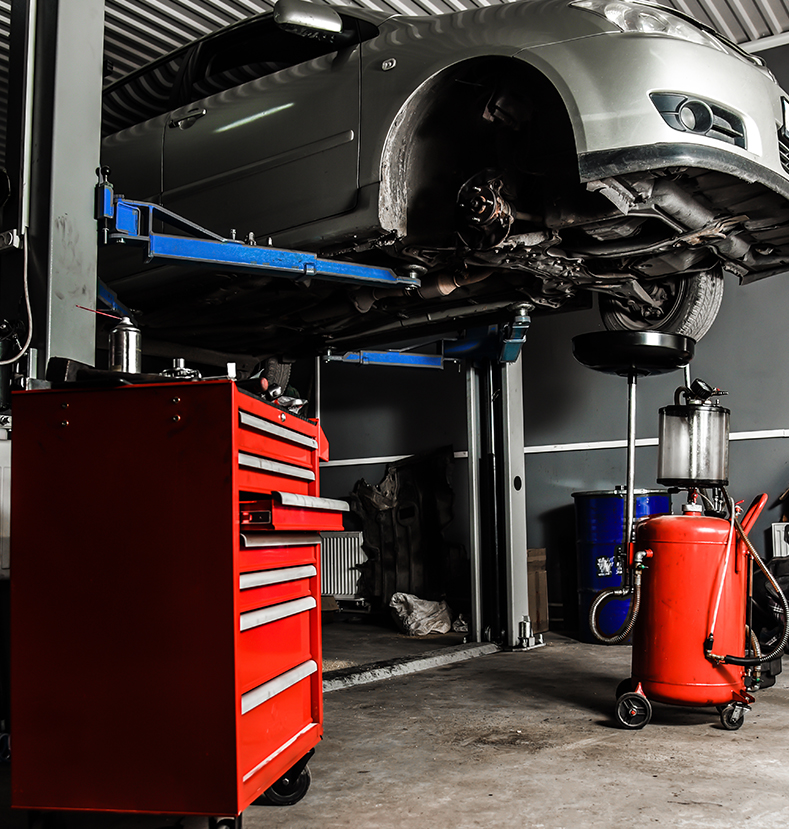Comprehensive Guide to Lift Repair Companies Near Me for Reliable Lift Maintenance
Comprehensive Guide to Lift Repair Companies Near Me for Reliable Lift Maintenance
Blog Article
Comprehensive Overview to Elevator Equipments and Their Upkeep
Navigating the detailed world of lift systems and their maintenance is a task that demands accuracy and expertise. From the various types of lift systems in usage to the meticulous adherence to safety and security laws, the upkeep of these upright transport gadgets is a diverse endeavor.
Types of Lift Equipments
The most common types consist of hydraulic lifts, traction elevators, machine-room-less elevators, and vacuum cleaner elevators. Hydraulic lifts are ideal for low-rise structures and make use of a hydraulic piston to move the lift vehicle. Machine-room-less elevators are a space-saving option as they do not call for a different device space for the elevator equipment.
Each sort of lift system has its own advantages and downsides, making it critical for building proprietors and developers to very carefully consider their specific needs prior to selecting one of the most ideal option. Elements such as developing height, room accessibility, energy performance, and spending plan restraints all play a significant function in establishing the most effective elevator system for a certain building.
Typical Maintenance Problems
Normal maintenance of elevator systems is vital to make sure smooth operation and extend their life expectancy. Regardless of routine maintenance, elevator systems can still experience usual maintenance concerns that require to be quickly addressed to protect against interruptions in service. Routine inspections and aggressive upkeep can aid identify and resolve these usual upkeep issues prior to they escalate and impact the total efficiency of the elevator system.
Safety Laws and Compliance
Following rigorous security laws and making sure conformity with market requirements are paramount for preserving the operational stability of elevator systems. Elevators are subject to a detailed set of security laws to protect passengers, maintenance employees, and the public. Governing bodies such as the Occupational Safety And Security and Health Management (OSHA) in the United States and the European Lift Association (ELA) in Europe develop guidelines that cover various aspects of lift layout, maintenance, procedure, and installation.
Conformity with these policies is not just a lawful demand however also a moral commitment for structure owners and lift upkeep firms. Regular assessments, maintenance checks, and adherence to safety and security procedures described in the regulations are crucial to guarantee the secure and effective procedure of elevator systems.
Finest Practices for Upkeep

Structure proprietors should also take into consideration spending in innovation upgrades to improve the performance and security of their elevator systems. By adhering to these Look At This ideal practices, lift systems can operate efficiently and safely, giving trusted upright great post to read transport for occupants.

Advanced Technologies for Efficiency
Applying advanced modern technologies in lift systems can significantly improve functional performance and traveler experience. lift maintenance london. One of the vital advancements in lift technology is the introduction of location control systems. These systems enable guests to input their desired floor prior to getting in the lift, which then guides them to the most reliable cars and truck. By maximizing and lessening unnecessary stops travel courses, destination control systems lower wait times and blockage in high-traffic structures.
Furthermore, the combination of smart sensing units and anticipating maintenance capabilities has actually changed lift maintenance. These sensors can detect potential concerns before they intensify, enabling positive upkeep treatments and reducing downtime. Furthermore, making use of regenerative drives and energy-efficient components aids minimize power intake and operating expense in elevator systems.
Additionally, the implementation of cloud-based surveillance and remote diagnostics permits real-time monitoring of lift performance and immediate troubleshooting of any type of malfunctions. This aggressive strategy not just improves system integrity yet also enhances the general customer experience by guaranteeing nonstop and smooth elevator procedures.
Conclusion
Finally, understanding the various types of elevator systems, typical upkeep problems, safety guidelines, best upkeep practices, and progressed technologies for effectiveness is crucial for making certain the smooth operation of elevators. By adhering to safety and security laws and carrying out best methods for upkeep, building owners can extend the life-span of their elevator systems and make certain the safety of guests. It is necessary to remain updated on the most recent developments in elevator innovation to enhance effectiveness and dependability.
The most common types include hydraulic lifts, grip lifts, machine-room-less lifts, and vacuum elevators. Hydraulic lifts are perfect for low-rise buildings and use a click for more info hydraulic piston to move the lift auto. Machine-room-less lifts are a space-saving option as they do not require a separate equipment room for the lift equipment. Normal inspections and aggressive maintenance can aid recognize and deal with these common maintenance problems prior to they intensify and affect the overall efficiency of the elevator system.

Report this page